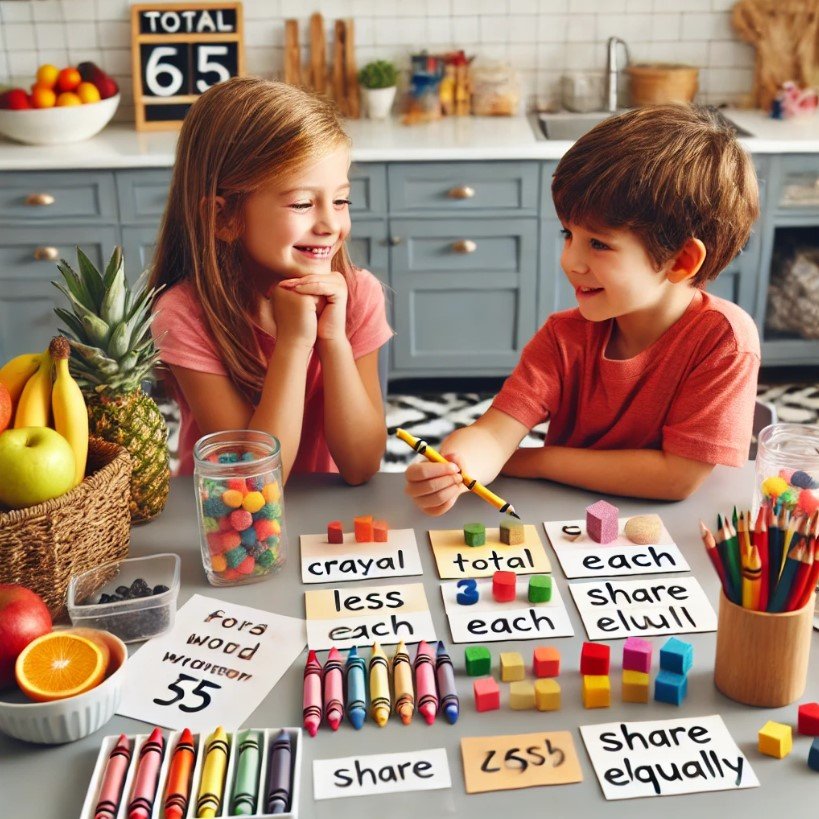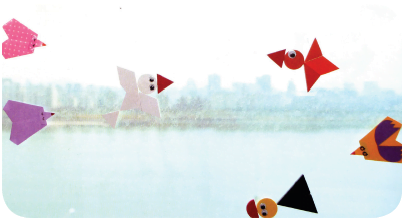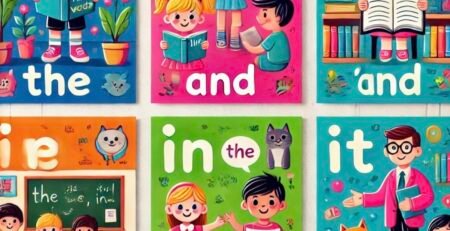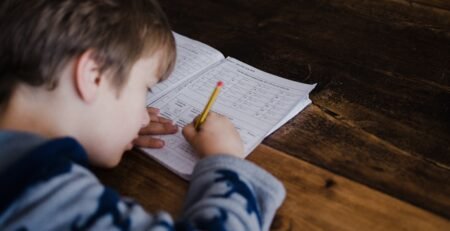Problem Solved!
Target Age class: Ages 6-8
Area of improvement: Problem Solving Skills, Mathematics Skills, and Creativity
Writing and solving word problems can be very challenging for young, school aged children. Help them ease into this important and necessary practical, real lift skill with a hand on activity that is sure to put their problem solving and mathematics skills to the test. All you need are some items from around your house and your imagination.
First, begin discussing how specific words are used in word problems that can help your child understand if they should add, subtract, multiply, or divide. Discuss how words such as total, all together, and in all are addition words and will give you a larger amount than the amount they will have initially started with. Words such as less, fewer and left are subtraction words and will give them a smaller amount than the amount they have initially started with. The word each is essential when multiplying to help your child focus on equal groups and the word share equally is a key word that tells your child to divide fairly. Making a chart is very helpful and will aide your child with this problem solving activity.
After discussing key words, analyze how word problems usually are composed of three lines/sentences. The first two lines give information, and the last line asks a question. Demonstrate this concept by gathering basic household items and creating a verbal word problem, using the items as visuals. For example, you may wish to gather crayons. You can model a sample word problem. First, say, “I have three crayons.” Place three crayons in front of yourself and your child. Then state, “I found 5 more.” Move another five crayons into the pile you have created. Ask, “How many crayons do I have in all?” Invite your child to solve the problem by counting the crayons and identifying the operation used (addition), as well as the key word in the word problem (in all) you created.
Next, invite your child to help you create the next word problem. You can gather items like pieces of fruit, ice cubes on a hot day (a great problem for subtraction!), pieces of candy, pillows, sticks in your yard, or even flowers from your garden. Together, practice creating various addition, subtraction, multiplication, and division problems.
Finally, after your child gets into the swing of things, encourage them to create a word problem for you or other family members to solve. Leave it up to them to gather the objects, set them up, present each line of information, and ask a question that includes a key operation word.
This activity is great for mathematics problem solving skills, as many children struggle with making sense of word problems and choosing specific mathematical operations. Visual cues and objects that they are able to collect and arrange will help them make a kinesthetic connection, while using their creativity to set up each word problem. Also, your preliminary discussion is also very important when partaking in this type of open ended play area of improvement!












